Insights from Measuring Gender Equality, Ethnicities, Diversity and Inclusion, and Sustainability
Insights from Measuring Gender Equality, Ethnicities, Diversity and Inclusion, and Sustainability
We live in challenging, polarizing, and exciting times. Because of the digital age and smartphones, “information” and “news” travels across the world in a blink of an eye. Creating highly effective ads in this new environment is more challenging than ever, especially for larger Brands trying to appeal to diverse audiences with compelling, unbiased, appropriate messaging across all media channels.
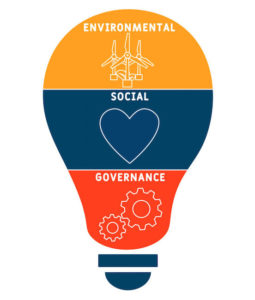 What’s really at stake, however, is brand authenticity. Diverse audiences can spot tokenism in brand messaging in a heartbeat. Is the advertising conveying a company’s true commitment and passion about a cause and driving corporate actions in the same direction?
What’s really at stake, however, is brand authenticity. Diverse audiences can spot tokenism in brand messaging in a heartbeat. Is the advertising conveying a company’s true commitment and passion about a cause and driving corporate actions in the same direction?
Or is the company pretending to care because it is the “right” thing to do, or because the risk of saying or doing the “wrong” thing is so great in today’s hyper-sensitive environment? If the latter is the case, the message risks doing more harm than good.
Creating authentic, passion-driven campaigns requires careful listening and creative testing from the “idea” stage through completion. Effective listening is the foundation of the ABX Continuous Creative Feedback Loop™ and the ABX Global Syndicated Multimedia/Multichannel platform. Perhaps ABX can be of help to you. Meanwhile, the following presents research, insights and case studies on the hottest topics today.
Gender Equality
Below are a few examples of how our world has changed from a gender equality standpoint, and to illustrate how quickly consumers’ voices from all cultures, ethnicities and genders can be heard globally. As they say, “There is power in numbers”!
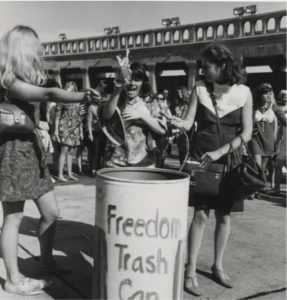
The Women’s Rights Movement began in 1848, and since then, women have been fighting for their rights in their personal lives, over their bodies, and in the boardroom. This includes the famous Freedom Trash Can protest of 1968, in which women disposed of their bras, high heels, lipsticks, mops, etc., to liberate themselves from male oppression. Today, social networking enables billions of users to come together quickly in mass movements.
One such movement is #MeToo which was initiated in 2006 by activist Tarana Burke on MySpace. But it wasn’t until 2017 that #MeToo gained momentum with millions of Americans taking part in the Women’s March a day after President Trump’s inauguration. Today #MeToo is stronger than ever and the status quo is not acceptable.
In 2016, the White House identified unconscious Gender Bias as a leading issue. The Association of National Advertisers (ANA) created the #SeeHer campaign to improve the accurate portrayal of women and girls in media by 20% by 2020. Today, SeeHer is a major part of the ANA, with its mission stated as, “Increase the representation and accurate portrayal of all women and girls in marketing, media, and entertainment to reflect culture and transform society.”
To enable #SeeHer to benchmark its progress toward the 2020 goal, ABX developed the first-ever Gender Equality Index™ (GEI) to establish a set of advertising norms by analyzing 60,000 ads. With 400,000+ ads measured to date, GEI™ is now the global Gold Standard for the measurement of unconscious gender bias and is licensed to ANA SeeHer as its Gender Equality Measure® (GEM).
Case Study: Measuring Unconscious Gender Bias is Profitable
Improving gender portrayal is now a powerful and profitable business strategy since it correlates highly between positive gender scores and brand reputation, and higher calls to action. with Calls to Action. As a result, the ANA, #SeeHer and ABX were honored by ESOMAR, the world’s premiere market research association, as the 2017 ESOMAR Research Effectiveness Award Winners.
Gender Equality in Ads has Big Impact on Sales, Finds Major Retailer’s Three-Year Study
See full study by Jack Neff of AdAge HERE.
It turns out that Gender Equality in advertising generates major sales increases among females than other measures of creative effectiveness, according to a 2021 ABX survey of 2,400 consumers representative of the U.S. population 18 years of age and older.
This case study for a national department store saw a strong 0.733 correlation between high GEI scores and sales growth among women based on how they are portrayed in ads.

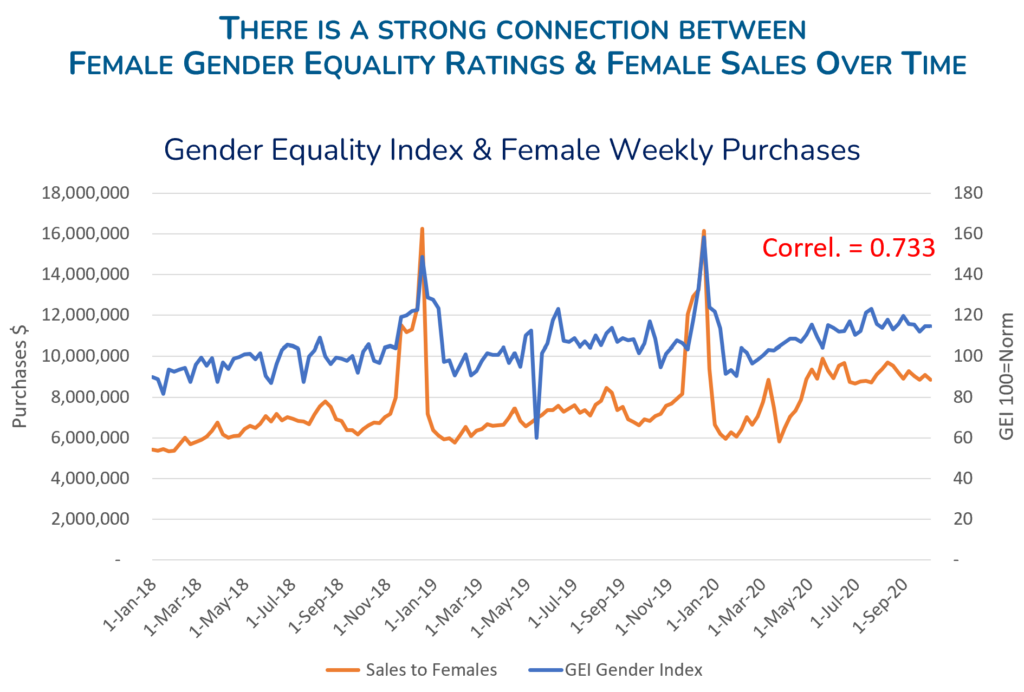
Measuring Ethnicities And Multiculturalism
Equal rights for African Americans and other ethnicities is perhaps the hottest of all issues. Looking back, the first significant event was the case, Quock Walker v. Jennison (Massachusetts). 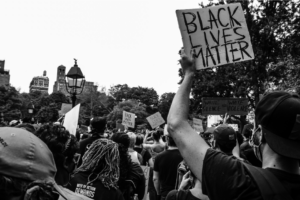 Quock Walter, an American slave, sued for and won his freedom in June 1781 based on a new Massachusetts Constitution (1780) which declared all men to be born free and equal.
Quock Walter, an American slave, sued for and won his freedom in June 1781 based on a new Massachusetts Constitution (1780) which declared all men to be born free and equal.
It wasn’t until Black Lives Matters emerged in 2013 by three black female civil rights activists that changed the paradigm of activism. It began with a social media hashtag, #BlackLivesMatter, after the acquittal of George Zimmerman in the shooting death of Trayvon Martin in 2012. Since then, this movement has gone global. After the death of George Floyd at the hands of police in 2020, #BlackLivesMatter spearheaded a worldwide protest that took only days to organize!
Measuring ads for ethnicities mandates creative “Cultural Sensitivity” by understanding how different ethnic groups live, think and experience the world rather than throwing an African American, a Hispanic and an Asian into unlikely scenes in TV and video spots. Understanding cultures is critical.
A great example from ABX involved pre-testing a Hispanic ad depicting a mother, father and newborn in a hospital setting. Alas, the spot tested poorly because it was not a cultural fit. When the spot was remade showing the couple with the aunts and uncles, grandparents and siblings, it was a great success.
Smart ethnicity marketing is extremely profitable, both in-Country and worldwide. ABX measures Spanish-language ads in-Country as well as in the U.S. Moreover, ABX pre-tests ethnic-centric ads in more than 40 countries, and through syndication in 14. See the power of ethnic marketing below.
Case Study: Marketing-Mix Analytics for African-American Marketing
For this analysis, Michael Wolfe, Principal of Bottom-Line Analytics (BLA) constructed a predictive marketing mix model measuring the impact of both short- and long-term effects of the company’s advertising and the additional impact from creative messaging on African American shoppers.
For 2021, Big Box Stores’ strategy was to increase its sales and market share among African Americans. The Marketing & Research Team needed to understand how marketing and advertising measurement can be leveraged to attain the critical cultural sensitivity to meet the company objective.
Findings revealed that two-thirds of the store chain’s 23.7% in sales growth came from improved ad creative as measured by the ABX Ad Effectiveness Index. Correlations to sales were high. See full study HERE.

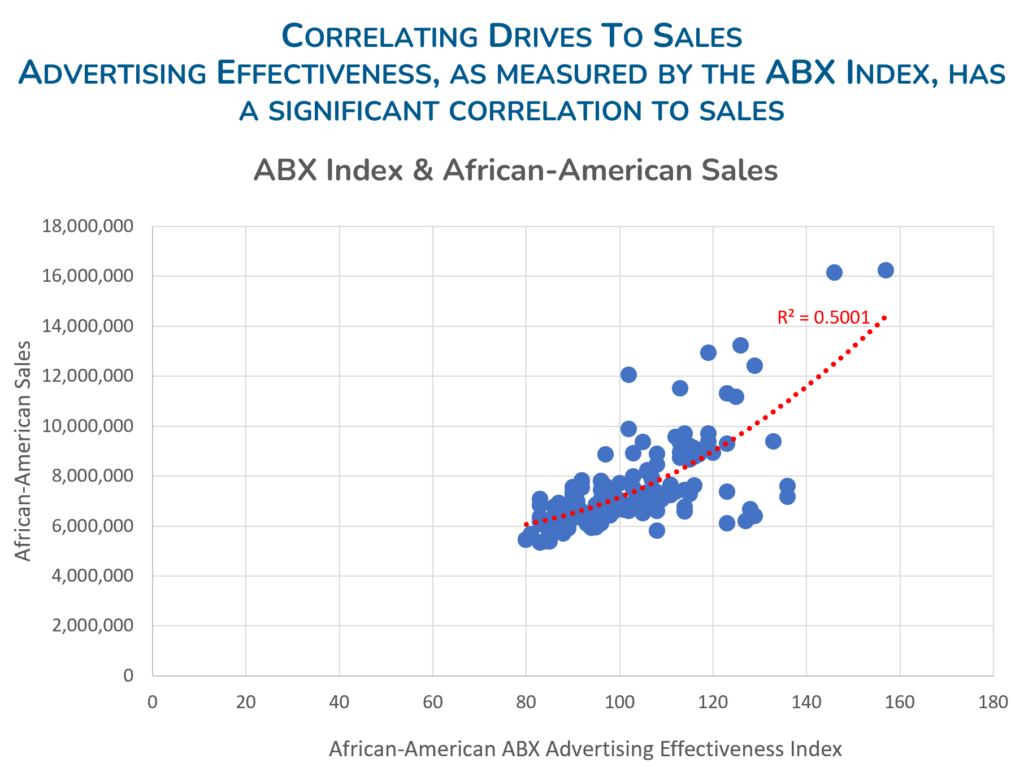
Diversity & Inclusion
In the March 2020 report, “A Marketers Approach to Diversity and Inclusion,” by the World Federation of Advertisers (WFA), Marc Pritchard of P&G said, “The images and portrayals of people in advertising affect how people think about the world, so we’re looking to make sure we have completely accurate representation and portrayal of women and girls and every intersectional quality: whether it be race, ethnicity, sexual or gender identity, ability, religion, and age.”
According to the WEF, “For diversity and inclusion to work, it must be part of a long-term strategy that fits in with a brand’s message. People need to believe that what the brand believes in, and how it behaves, are one and the same. A report by visual-content-engine developer Stackla that surveyed 2,000 adults in the UK, US and Australia found that ‘86% of consumers say that authenticity is important when deciding which brands to support.’ Stackla’s study also reported that “57% of consumers believe that less than half of brands create content that resonates as authentic.”
The global value of LGBTQ+ consumers is estimated at $3.6 trillion making them equivalent to the 5th biggest country in the world by GDP. The audience is in fact rapidly ceasing to be a minority. In 2018, YouGov found 56% of 18-24 year olds in the UK no longer identified as 100% heterosexual. (All from LGBT Capital in 2018 – Estimated LGBT Purchasing Power: LGBT-GDP)
Case Study: Gender Fairness for Diverse and Inclusive Companies
An ABX survey of 2,400 consumers representative of the U.S. population 18 years of age and older was conducted by ABX. Question areas were designed to help understand attitudes toward hiring, paying, promoting and treating women of all colors and ages; how likely respondents would switch from one company/brand to another based on fair treatment of women; and the importance of various factors related to diversity and inclusion.
Overall, 7 in 10 respondents find gender fairness practices by companies to be very important or somewhat important, with men responding more favorably than women at a statistically significant level (95% confidence interval). Of the 14 factors measured, men responded at a higher level than women in all cases with 10 of 14 at a statistically significant level (95% confidence interval).

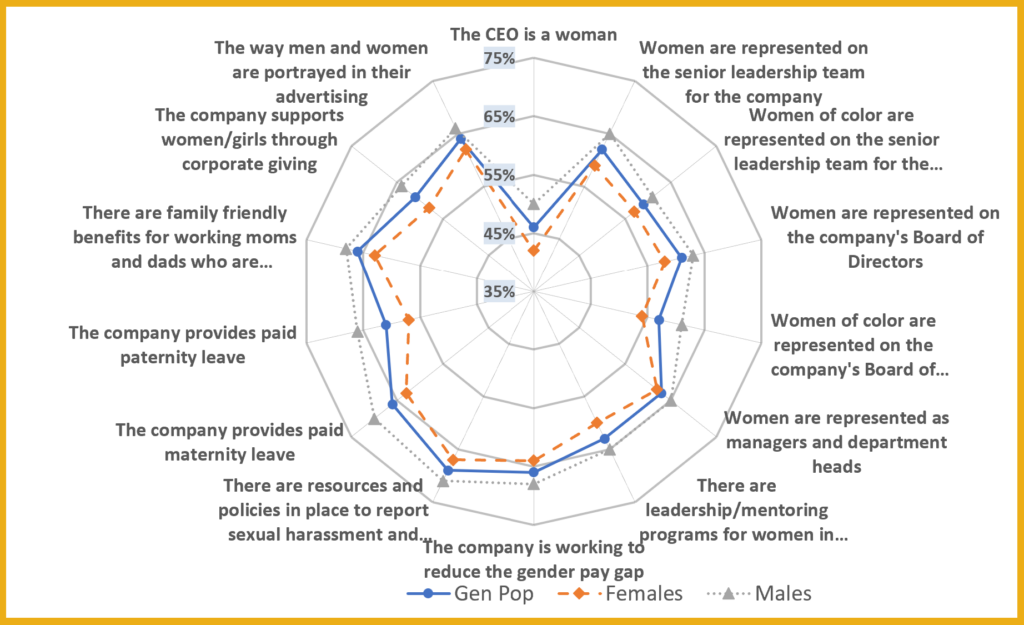
Environmental Consciousness
Todays’ consumers, especially Gen Z, are both socially and environmentally conscious. Many consumers exercise their beliefs through the brands they purchase.  They also research the environmental stance of companies producing these brands both online and offline.
They also research the environmental stance of companies producing these brands both online and offline.
In addition, marketing and advertising a “cause” at a point-in-time isn’t enough. Rather, consumers want to see action and commitment within and outside these companies, not just short term, but also long term. They won’t accept Green Washing, Rainbow Washing, etc. And by the way, Cancel Culture is alive and well.
A recent national survey by Golin, “Justice For All,” tested the perceptions and responsibility of environmental justice, and further illustrates the seriousness of these issues:
Just over half (54 percent) report familiarity with environmental justice but only 1/3 could accurately describe it and more than 25 percent could not define it.
Almost half of leaders think environmental justice is for the environment only, and not linked to racial justice.
Case Study: Successfully Conveying Brand Authenticity through Environmental Issues
As discussed above, the worst thing a company can do is “green-wash” or just grab a current issue (like Covid) and expect either to have lasting impact on savvy audiences. The three TV/Video ads for Household Goods featured below all score in the top X% of all 365,000+ ads ABX has tested to date. The advertisers and agencies behind each brand have successfully committed to ongoing efforts toward environmental sustainability that resound in an authentic match to the products themselves.
Cascade, :30 Online Video, “We do it Every Night” – ABX Index 146
Charmin, :30 Online Video, “At Charmin we Make Paper but we Love Trees” – ABX 132
Quilted Northern, :15 TV, “This is Comfy Quilted Northern Ultra …”– ABX 131
The ABX “Average” Index is 100, so these ads are 46%, 32% and 31% over norm but many of these KPIs are much higher and important commonalities are readily seen.

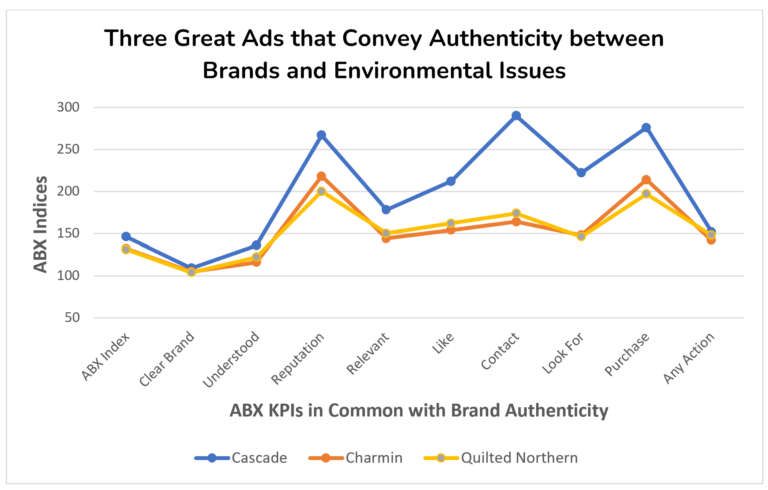
Written by Angela Jeffrey, Vice President Brand Management & Diane Light Waight, Vice President Business Development.
For additional information, a discussion or a demo, CONTACT US HERE.
